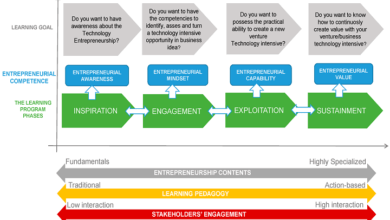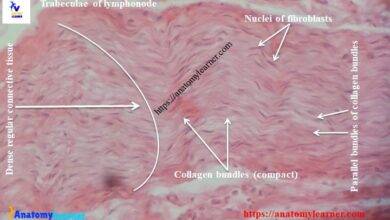
The much-anticipated PLI plot for the material industry was declared last week by the administration of India, and the goal is clear- – the public authority intends to get economies of scale all the more upstream portions of the artificial materials store network and specialized material fragment. Added to that, the drive will produce work openings for the business—a report.
The legislature of India’s tremendously anticipated Production Linked Incentive (PLI) conspire for the material and attire industry was declared last week with a final arranged cost of ₹10,683 Crore. The plan is imagined to give the essential push to acquire economies of scale creation of MMF attire, textures, and specialized materials in India, just as to produce business openings in the material business.
Subtleties of the plan
As the name recommends, the PLI plot has deals (income) and venture measures for organizations to profit benefits. The plan will give motivators during the period FY 2025-26 to FY 2029-30, while execution of the members will be assessed for the earlier years. A development time of two years, FY 2022-23 and FY 2023-24, has been given for firms to create.
Just an assembling organization enrolled in India will be permitted to partake in the plan. The organization will contribute a base sum and produce a base income during the plan time frame. The plan accommodates two sections for these qualification rules.
1) Minimum capital speculation of ₹300 crores to create products informed in the plan alongside a base income produced of ₹600 crores each year during the time of the plan. On arriving at least income, a motivating force of 15% will be accommodated that year.
2) Minimum capital venture of ₹100 crores to create products informed in the plan alongside a base income created of ₹200 crores each year during the time of the plan. On arriving at least income, a motivation of 11% will be accommodated that year.
Notwithstanding, under both the standards, organizations will be given motivating forces in the ensuing years provided that they can produce a base 25 percent development in income from the earlier year. The motivating force rate will likewise be decreased each year from year two forward by one rate point.
There are sure different arrangements for choosing members and computing motivations referenced in the service’s notice.
1) Only ventures which include cycles and activities to improve esteem by at least 60% in incorporated fiber/yarn to texture, articles of clothing, and specialized materials will be chosen.
2) For recommendations, including autonomous texture handling, the base upgrade esteem is 30%.
3) A 25% 10% cap on income development is set up to compute motivating forces from year two forward. For computation in year 1, a cap of twice the speculation 10% has been set up.
Furthermore, shrewd materials have additionally been remembered for the told items list. Since no HS code exists for something similar, the warning notices that another HS code should be made for this class.
Preview of India’s portion in the told classes
The three charts underneath show India’s portion in the general classifications informed in the plan comparative with the contenders. The diagrams cover the HS codes that have been remembered for the plan to give a superior viewpoint of India’s general situation in these portions.
India has the most extensive offer in MMF texture sends out (23.5 percent), close to China, because of the tremendous measure of homegrown inventory of unrefined components. The products are still just 50% of what China supplies and the PLI plan will probably change this offer for India.
In MMF clothing trades, India has a generally more fair offer (2.3 percent) which is intelligent of India’s situation in the attire market too. India’s portion is yet to get (at 3.1 percent in 2019), and the PLI plan will guarantee colossal lift to the creation limit in India for both these sections.
With a significant lift to the material business through the PLI plot, it is expected that the business will get new speculations worth ₹19,000 crores and an extra creation turnover of more than ₹3 Lakh crore over the five years of the plan. Subsequently, India’s creation limit and the portion of commodities in the advised HS codes and expansive fragments are used to see a gigantic increment throughout the following decade.




